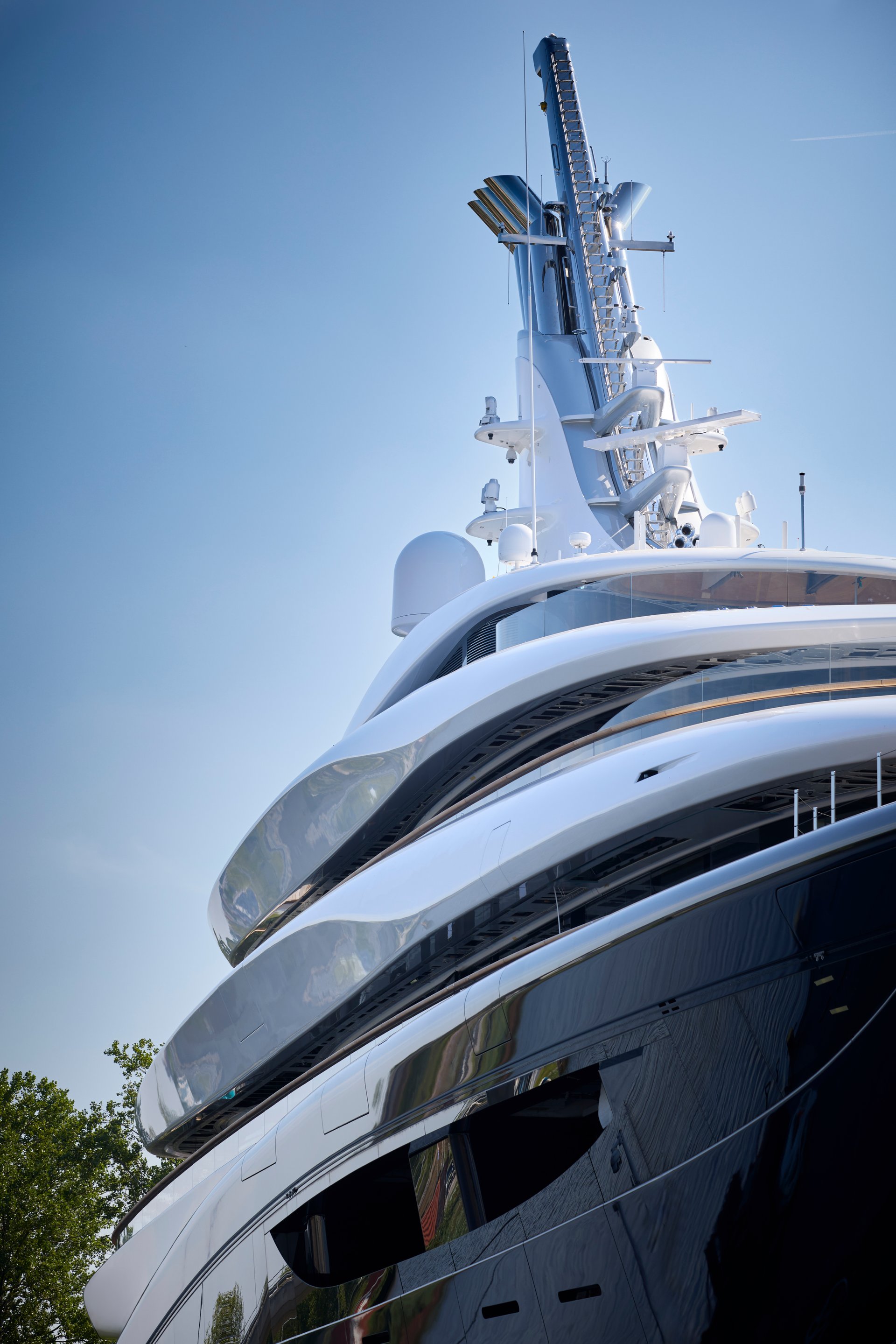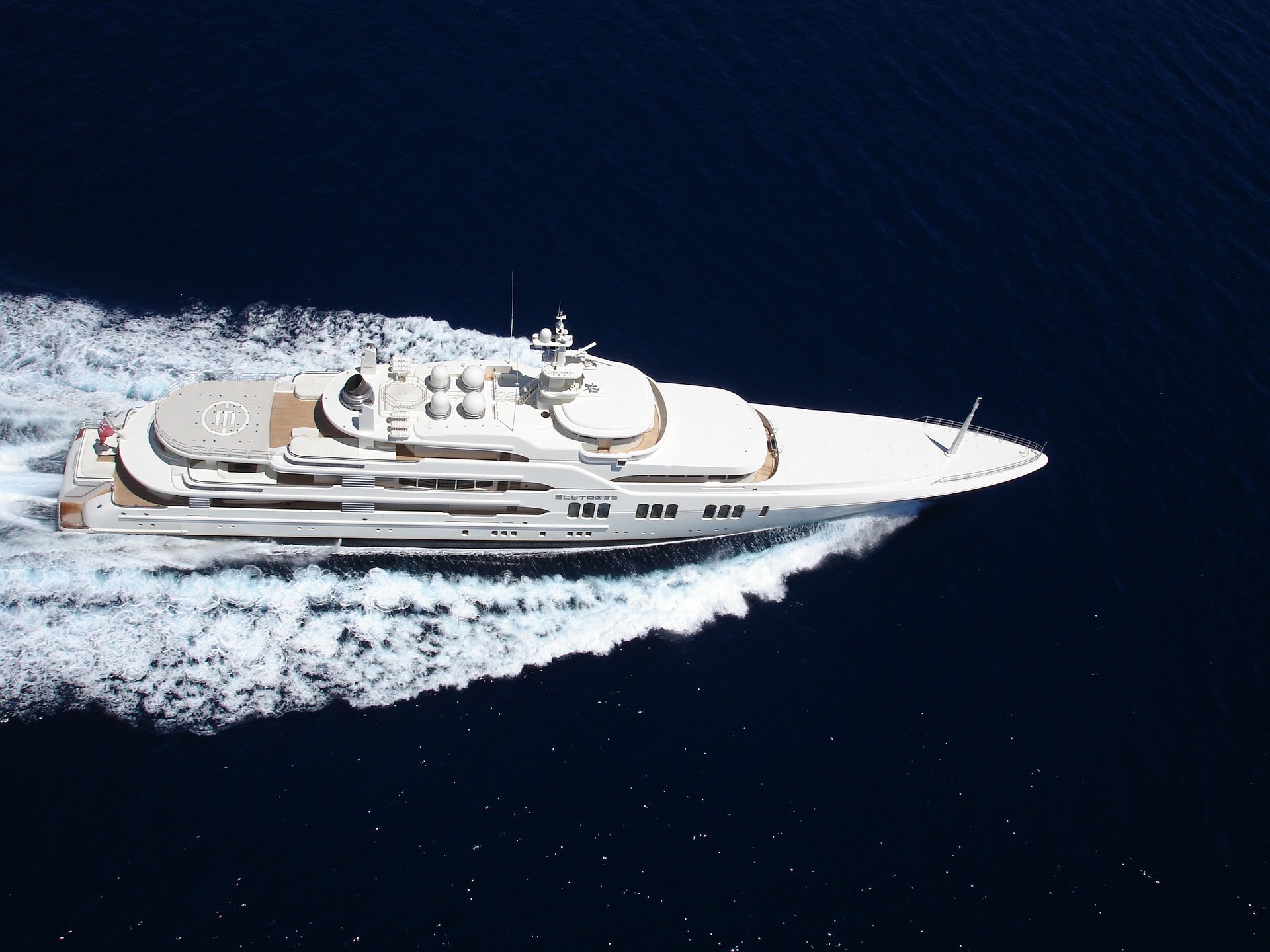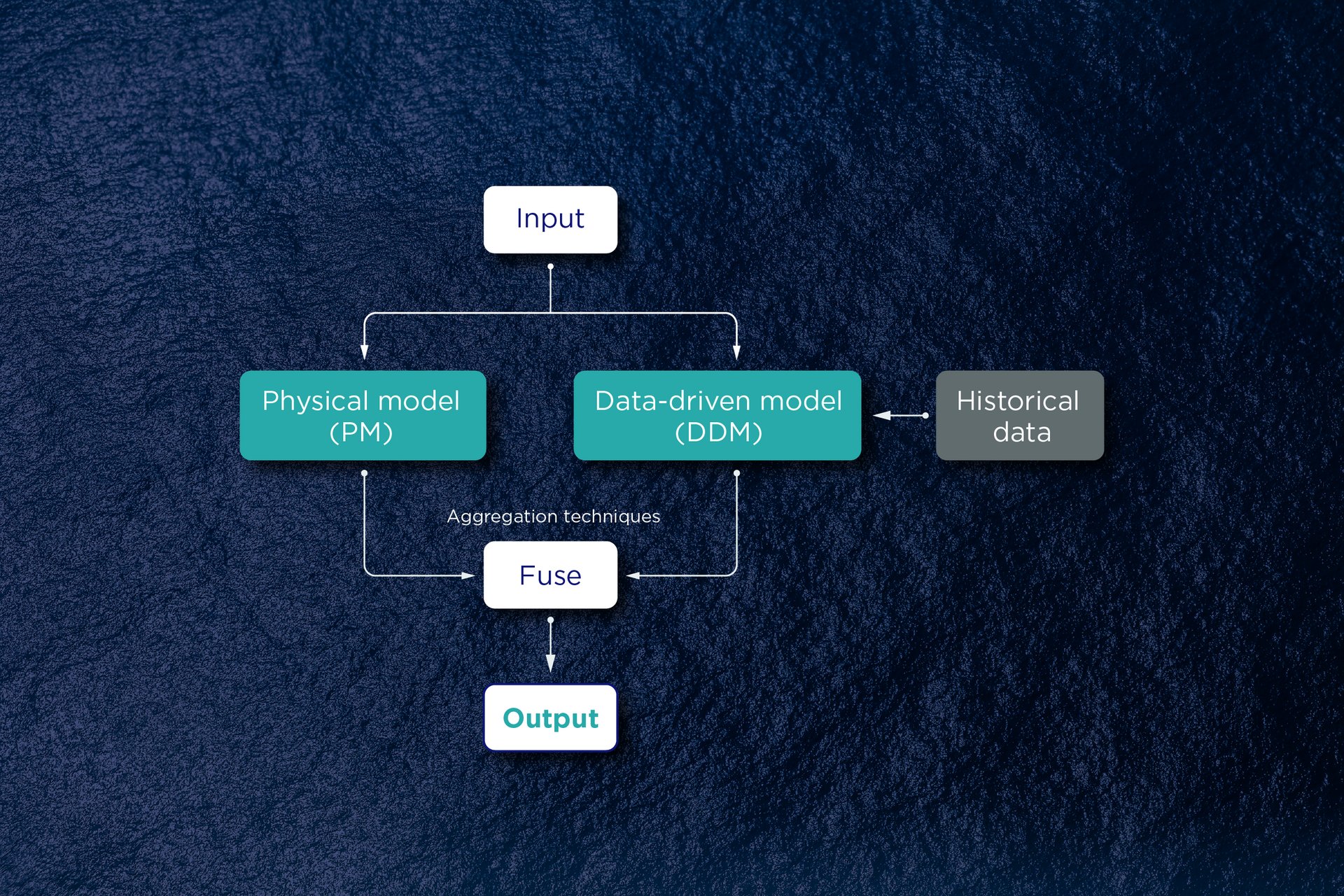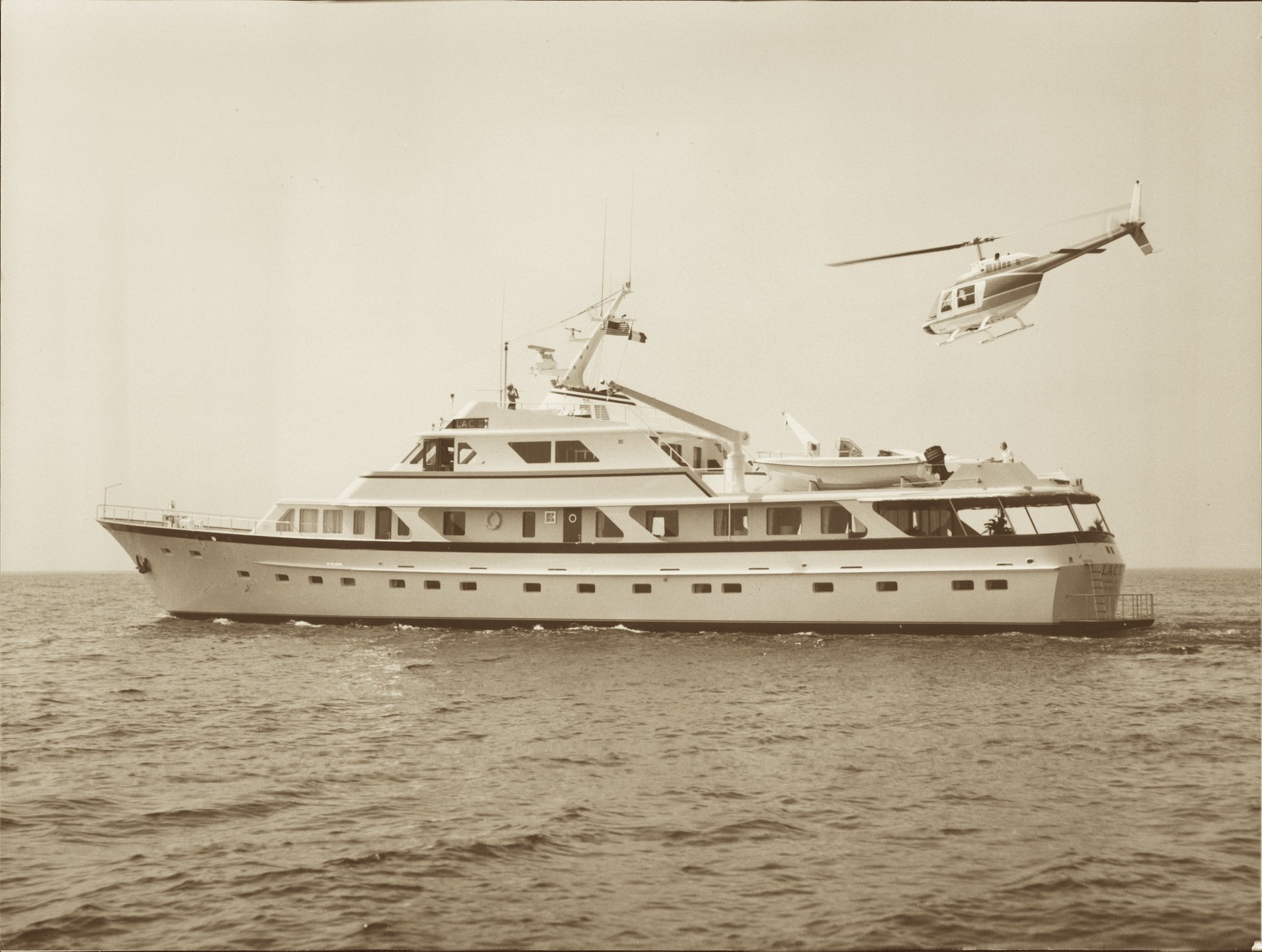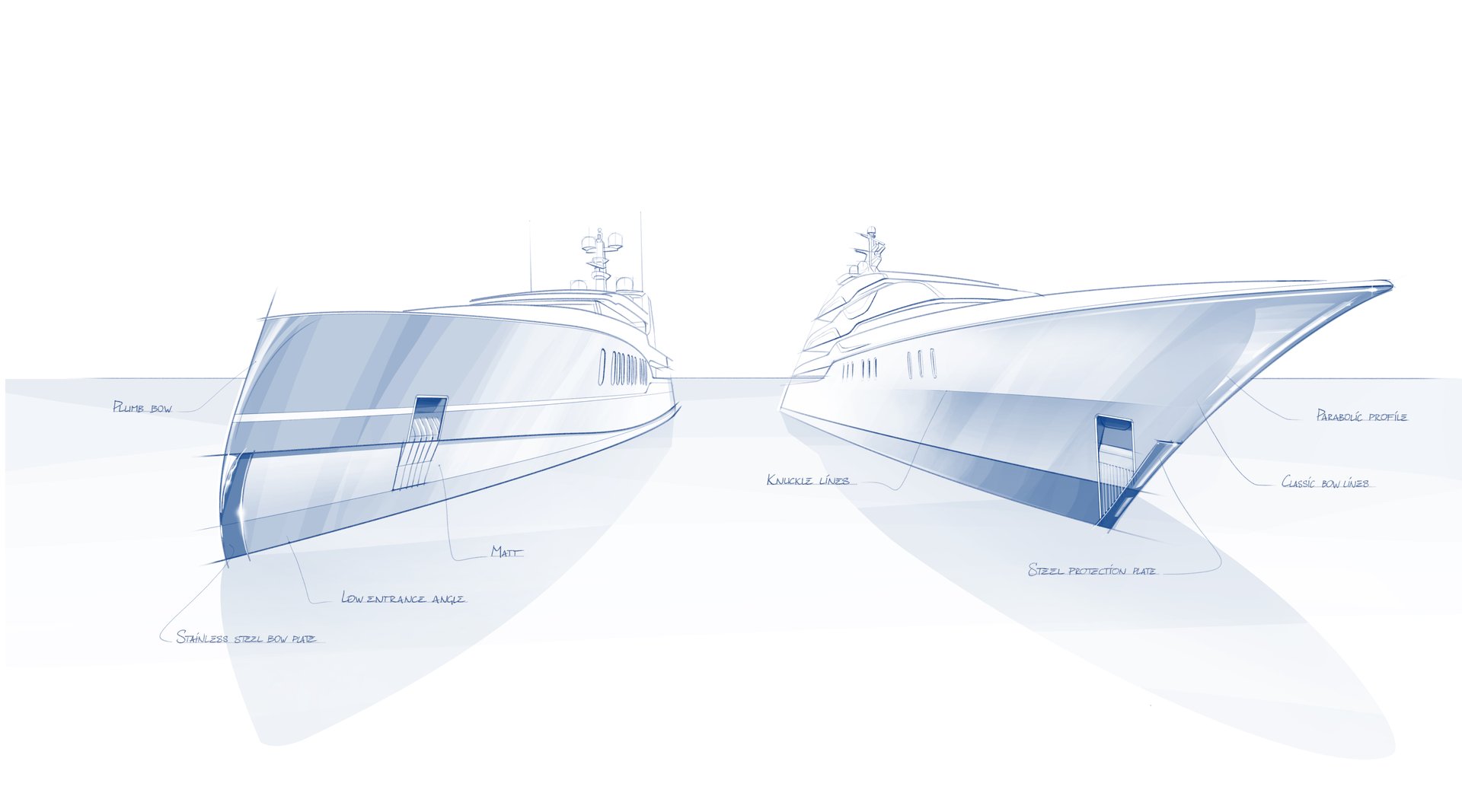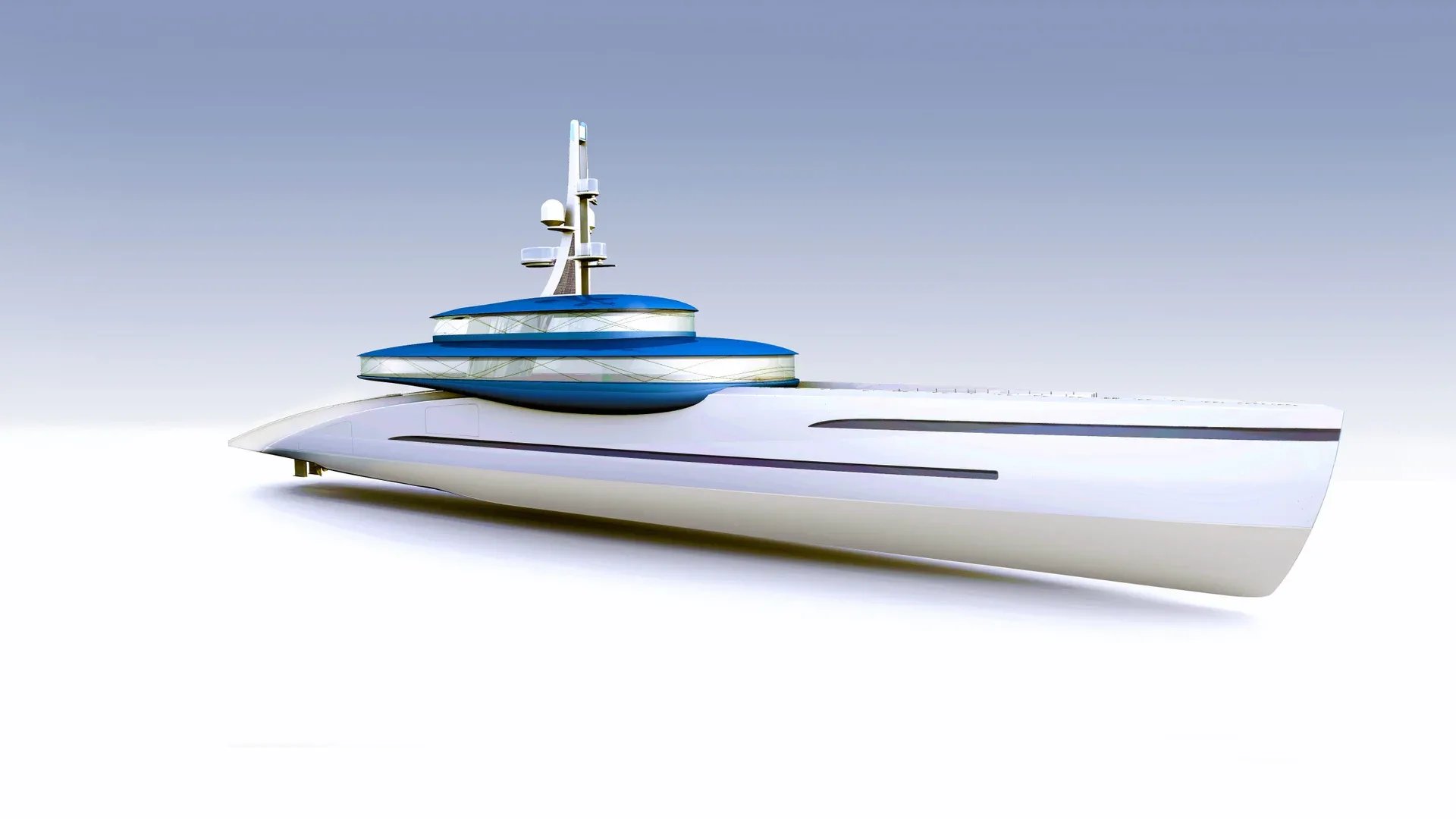“Innovation is essential for our industry’s survival,” says Feadship director Henk de Vries, encapsulating one of the key reasons why Feadship is so committed to shaping the future of superyachts. Innovation in itself is not new, of course. Since time immemorial, it has been the story of humankind’s relentless desire to discover new ways of living. Progress is constant and rarely predictable...
DNA
A key factor in the success of Feadship in the decades since its formation in 1949 has been an ability to make the most of new inventions and innovations on land by meticulously adapting them to life on yachts. In doing so, Feadship is following a millennia-long tradition among Dutch people of learning to live with and on the water.
Literally millennia, because the first inhabitants of what later became the Netherlands are thought to have reached the area by floating down the Rhine on hand-carved boats in around 10,000 BC. Recent experiments with a replica of the canoe found near Pesse (in the current-day Dutch province of Drenthe) confirmed that the world’s oldest known boat was indeed able to sail. This prehistoric vessel may only be three metres long but it proves that the Dutch have boats in their DNA.
It was around six thousand years later that the first glass-makers set to work in Egypt, although the Romans were the first to use clear glass for architectural purposes. The industry flourished in the early Middle Ages, divine examples of which can still be seen today across Europe in cathedral stained glass windows.
Clear views are essential on a superyacht but who could ever have envisaged the all-glass superstructures that we see today on a Feadship?
On course
Innovations in navigation are another foundational pillar for Feadship and a huge debt is owed to the Chinese inventors of the magnetic direction finder in around 300 BC. It wasn’t until the Middle Ages before compasses with a needle pointing to magnetic north started revolutionising the lives of sailors.
Safety at sea was further enhanced with the use of radar (RAdio Detection And Ranging), which started with Heinrich Hertz’s experiments in the late 1800s to prove that radio waves were reflected by metallic objects. In 1904 Christian Hülsmeyer used this principle in a ship detection device to help avoid collisions, and the technology has developed exponentially since then.
Feadship started pioneering superyacht radar at the start of the 1960s while innovation in the propulsion arena dates back even further. The first steam
vessels were too large for pleasure purposes but the introduction of diesel engines in 1894 heralded a new era.
By 1920, there were as many motorboats as sailing yachts in the Netherlands, with the later members of Feadship being among the leading suppliers as business boomed. Feadship was also way ahead in recognising the need to moderate the environmental impact of propulsion, deploying exhaust gas treatment on Diana II in 1978.
The Van Lent and De Vries families were early experimenters with the use of steel (and later aluminium) too, and the first Feadships exhibited at the 1951 New York Boat Show amazed visitors with their use of steel as a hull material. Making the brand famous in the United States in the post-war years was a vital part of Feadship's history and pushed these pioneers on to make major strides with the use of comfort factors that Americans expected such as air-conditioning.
Home comforts
Most of us who have given in at some time to the kids’ requests to go camping have returned with a renewed appreciation of the comforts of home life. The fact that yacht owners were increasingly no longer required to make such compromises in order to enjoy time on the water was arguably the key driving force behind the growth of the superyacht industry.
There are scores of examples in the Feadship fleet where this has been illustrated in practice, but one of the most remarkable transformations in perception came at the start of the sixties. In a decade that saw society experience a revolution in thinking, the yachting world was turned on its head in 1961 with the launch of the 35.25-metre Camargo IV.
